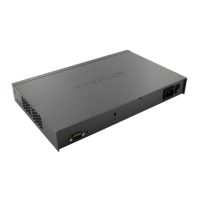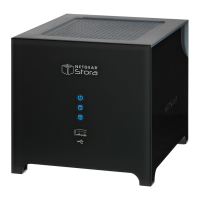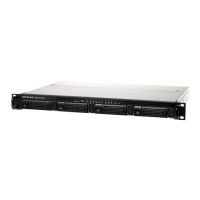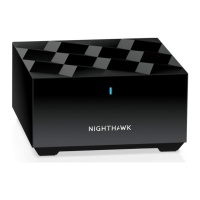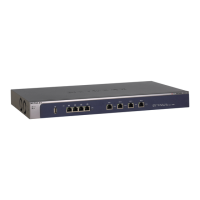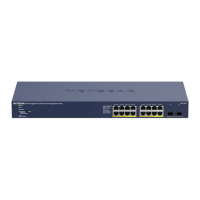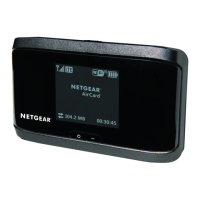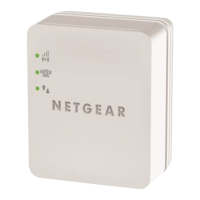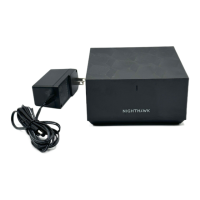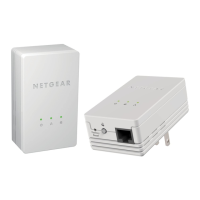What to do if I am unable to access the NETGEAR Firewall's Web Management Interface?
- SSarah GarrettJul 26, 2025
If you cannot access the NETGEAR Firewall's Web Management Interface, first verify the Ethernet connection between your PC and the firewall. Ensure your PC's IP address is on the same subnet as the firewall. Try resetting the firewall to factory defaults. Confirm you're using the SSL https:// address login instead of the http:// address. Also, ensure your browser has Java, JavaScript, or ActiveX enabled. Restarting your browser or verifying your login information can also resolve the issue.
